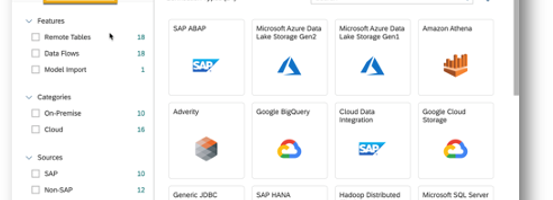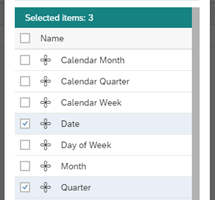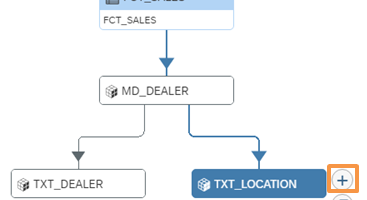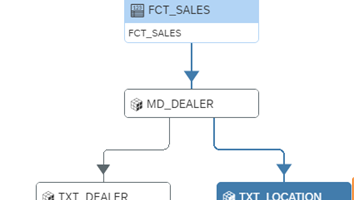Whats new in SAP Data Warehouse Cloud for 2022?
Data Marketplace Data Marketplace allows sharing and integrating external data in DWC. Examples of external data include COVID-19 data, which allows you to understand the impact of location on infection rates, or competitors' stock data, which allows you to contextualize your company's results. Using the Data Marketplace, you can search and buy products from data providers...










